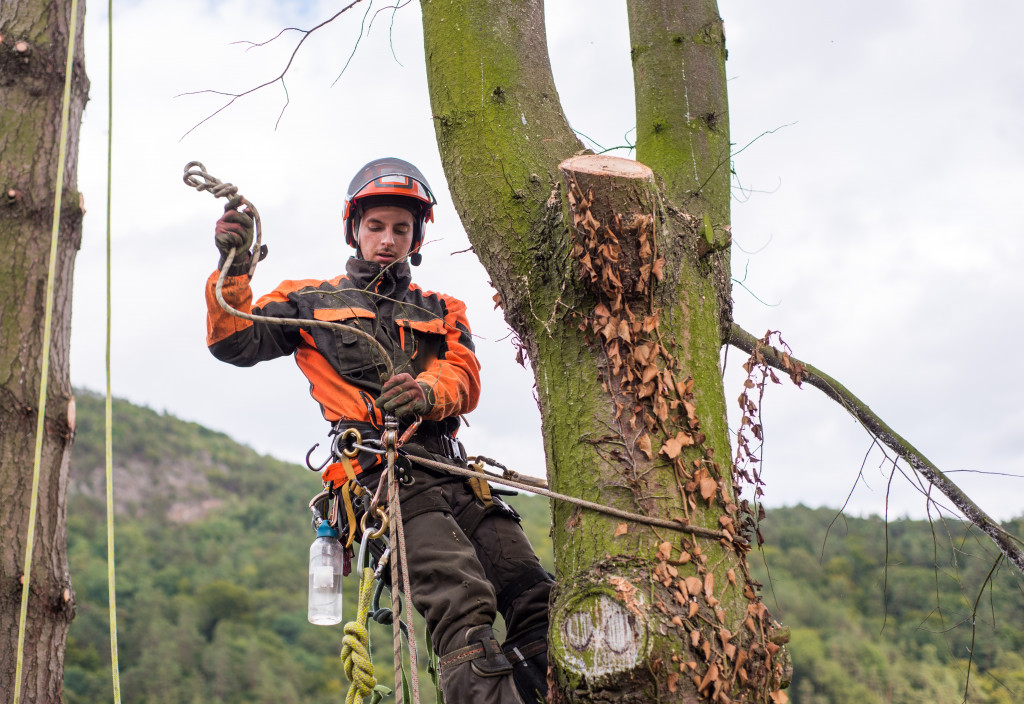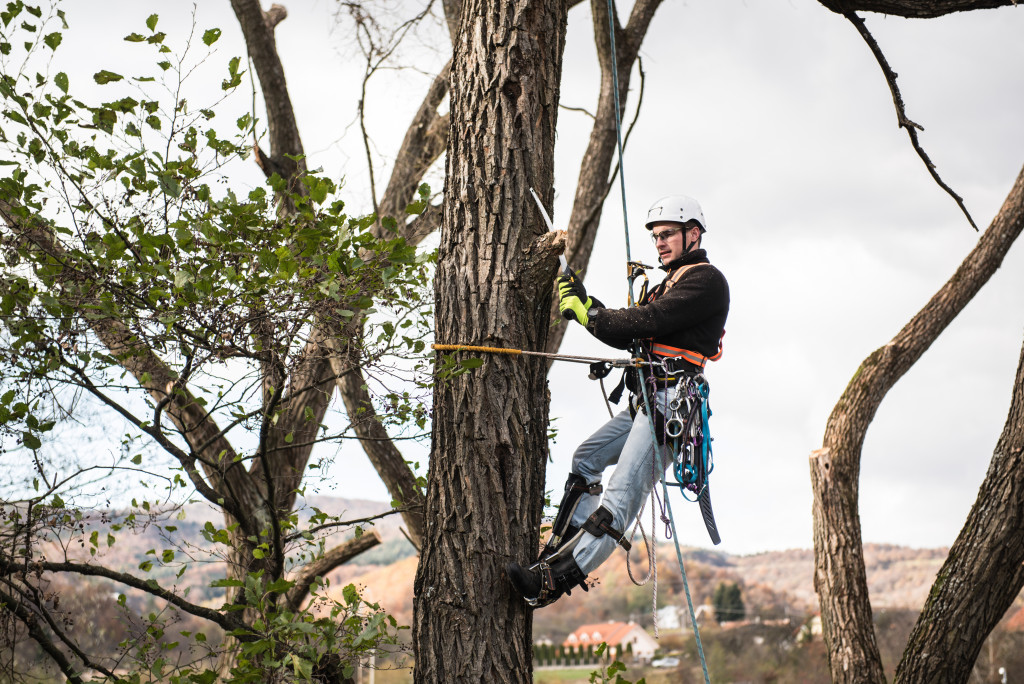- Understanding the basics of tree care is crucial for maintaining healthy trees.
- Trees play a vital role in our ecosystem and contribute to our well-being.
- Critical elements of tree health include soil, water, and sunlight.
- Advanced pruning and disease management techniques can significantly enhance tree health and appearance.
- Enrolling in training courses offers theoretical understanding and practical skills in advanced tree care techniques.
Do you have a passion for the outdoors and a love for trees? Whether you’re a gardening enthusiast or a professional arborist, mastering the art of arboreal wellness is crucial. Trees are more than just a part of our natural landscape; they’re essential to our ecosystem and well-being.
This blog post will explore the foundational skills needed to care for trees and explore advanced techniques to take your arboreal skills to the next level. From understanding the basics to enrolling in tree care training courses, we’ll guide you through every step of your tree care journey.
Understanding the Basics of Tree Care
Before diving into the intricate world of tree maintenance, it’s essential to grasp the basics of tree care. Healthy trees don’t just happen; they result from consistent care and understanding of their needs. The health of a tree is deeply rooted in its surrounding environment, which includes the soil it grows in, the water it absorbs, and the sunlight it receives.
The Role of Trees in Our Ecosystem
Trees are the backbone of our natural world. They provide essential oxygen, improve air quality, and offer homes for wildlife. But their impact goes beyond environmental benefits. Trees also have a profound effect on your mental and physical well-being.
Studies have shown that spending time around trees can reduce stress, improve mood, and enhance cognitive function. You’re nurturing nature and contributing to your health and community by taking care of trees.
Critical Elements of Tree Health

Understanding what makes a tree thrive starts with soil, water, and sunlight. The soil should be rich in nutrients and well-draining to support root growth. Watering your trees correctly is equally important. Over-watering can lead to root rot, while under-watering can stress the tree, making it susceptible to diseases and pests.
Sunlight is vital for photosynthesis, the process by which trees produce food. Each tree species has its own sunlight needs, so it’s essential to know how much light your specific trees require. Proper care in these areas lays the foundation for a healthy tree.
Advanced Techniques in Tree Maintenance
Once you’ve mastered the basics of tree care, you’re ready to explore advanced techniques that can significantly enhance the health and appearance of your trees. This stage involves a deeper understanding of specific care methods tailored to different types of trees and their unique needs.
Pruning: When and How
Pruning is a critical aspect of tree maintenance, but it’s more than just cutting away branches. It’s about shaping the tree, ensuring proper growth, and removing potentially dangerous deadwood. The key is knowing when and how to prune.
Generally, the best time to prune is during the dormant season, but this can vary depending on the tree species. When pruning, focus on removing dead, diseased branches or crossing over others. Not only does this enhance the structure and appearance of the tree, but it also improves its overall health by promoting better air circulation and sunlight penetration.
Recognizing and Managing Tree Diseases
Part of advanced tree care is identifying and managing common tree diseases. Various factors, including fungi, bacteria, and environmental stress can cause diseases. Symptoms to look out for include discolored leaves, cankers, and abnormal growths. Early detection is critical to effective management.
Once you’ve identified a problem, research the best treatment methods or consult a tree care professional. Managing tree diseases promptly can prevent them from spreading and save trees from potential decline.
Taking Your Skills Further with Tree Care Training Courses

This section emphasizes the importance of structured learning through tree care training courses. These courses are essential for anyone looking to deepen their arboreal wellness knowledge, offering theoretical understanding and practical skills in advanced tree care techniques.
They cover various topics, from tree biology to disease management, suitable for enthusiasts and aspiring professionals. Enrolling in these courses enhances tree care skills, opens up opportunities for professional growth in arboriculture, and offers a platform to connect with others who share a passion for trees. Ultimately, these courses contribute significantly to personal development and the health of our forests.
The Bottomline
In wrapping up “Growing Skills: Mastering the Art of Arboreal Wellness,” remember that caring for trees is a rewarding journey that benefits both the environment and yourself. Whether you’re a novice or an experienced caretaker, there’s always room to grow your skills, from the basics to advanced practices and professional courses. Keep nurturing your connection with trees; you’ll contribute significantly to a healthier, greener world. Continue learning and growing in your arboreal care journey – every effort makes a difference!
